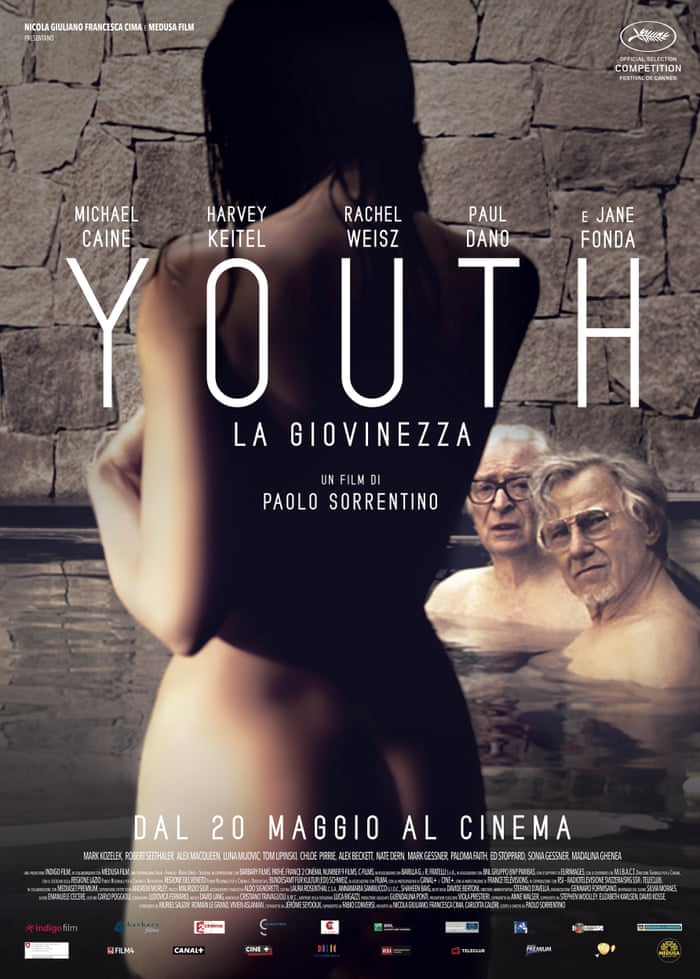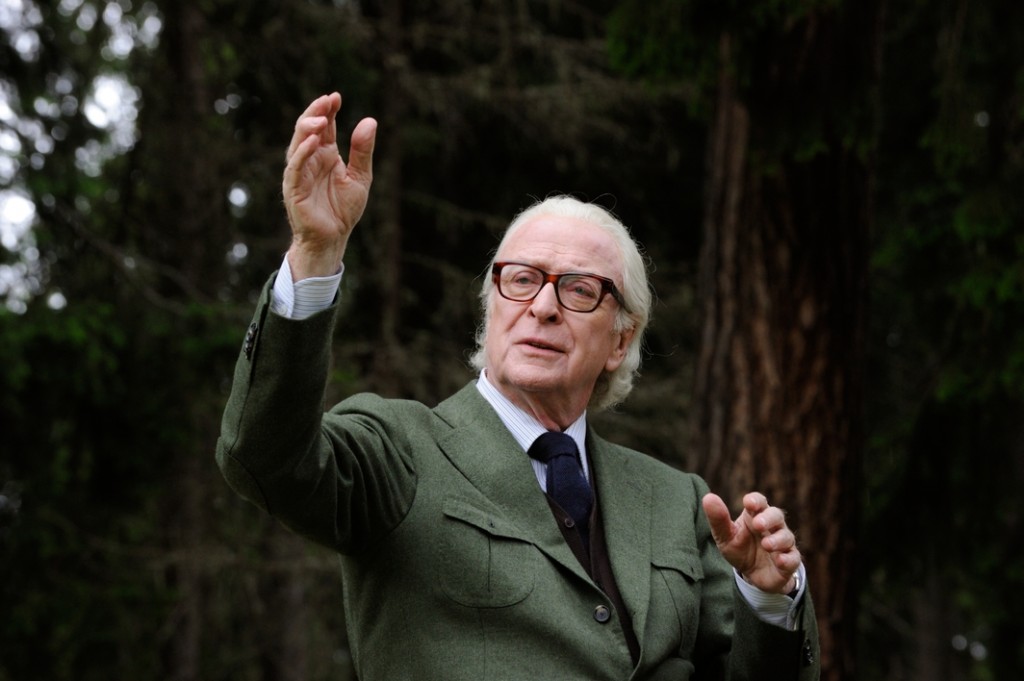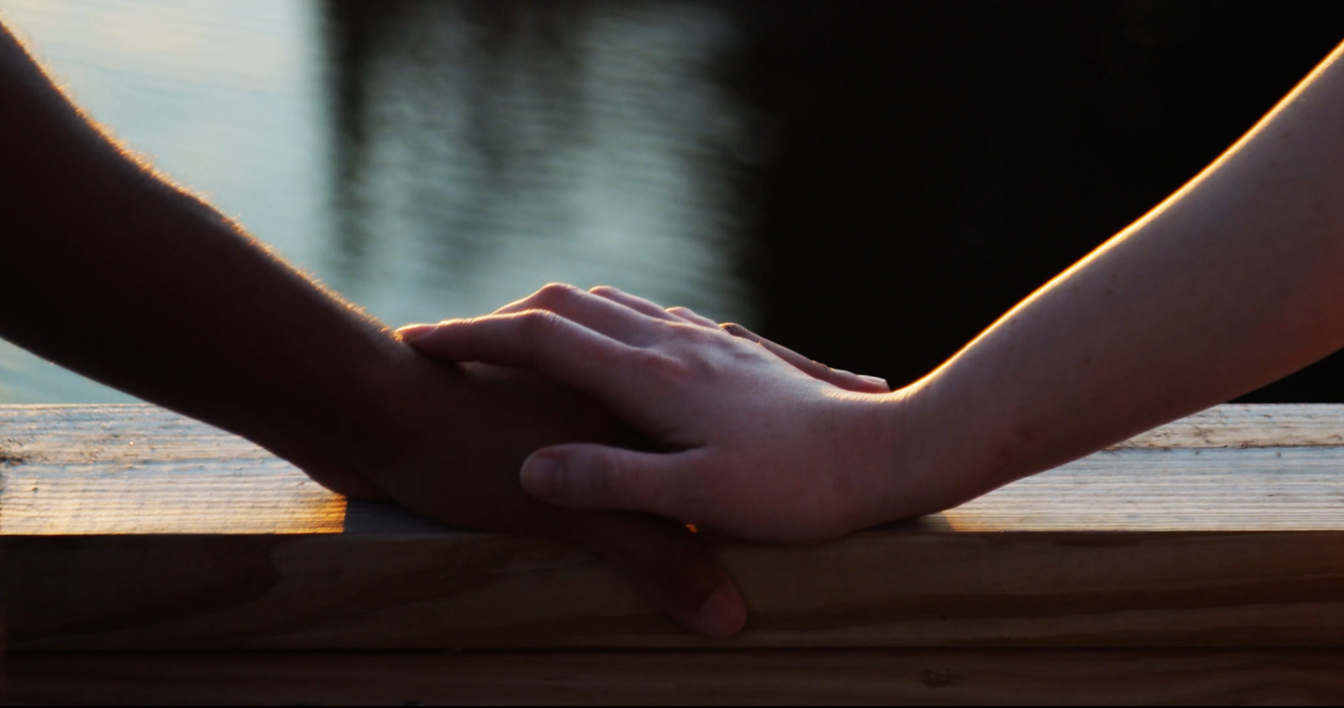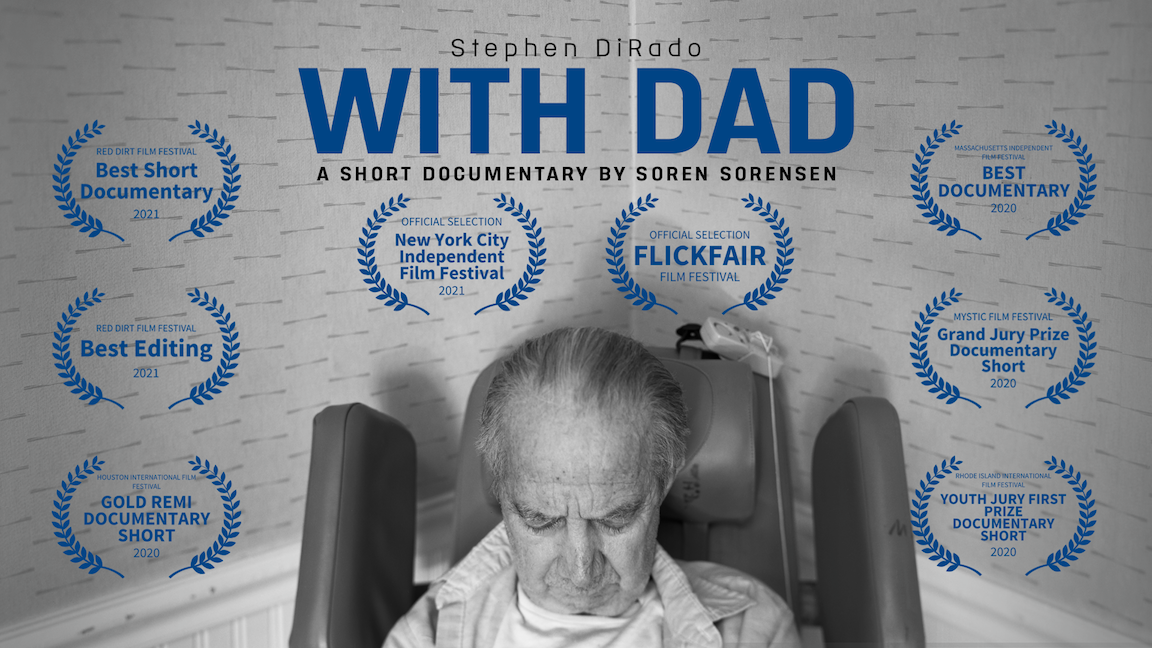Paolo Sorrentino’s Youth: Film, Fonda, Faux Fellinis
This review is “One From The Vaults,” and it first appeared on my writer’s portfolio site in February 2016– I have long since ceased blogging on that platform so I decided it would be apropos to give it new life here. The screening of Youth I discuss in this piece was part of a Jane Fonda retrospective at the Coolidge Corner Theatre in Brookline, MA, which culminated in Fonda receiving the Coolidge Award on January 31, 2016. I was present for both the screening of Youth, with Fonda in attendance, and the award night –heady stuff! It was an extraordinary delight to hear the acclaimed actor, author, and activist speak about cinema, her career, and current events. Another observation– how amazing it is that at the end of this piece I blithely urge my readers to go see Youth on the big screen. Little did we know in the “before times” that we would all experience a period where the movie houses were shuttered! Enjoy my take on Youth… this is a pretty darn spoiler-free analysis of the film.
~Mary Bowen, Editor-in-Chief of Reinvent the Lens
Some of the Best Books are in Technicolor
Inspiration for the writer dwells all around us, not just in books, and I was reminded of that very fact this past weekend when I saw Paolo Sorrentino’s new film Youth at the famed Coolidge Corner Theatre. Youth is one of the best films I’ve seen in years and its humor, beauty, and intelligence make for a particularly gratifying viewer experience.
Youth is Felliniesque? Fonda’s right.
I had the treat of seeing the film introduced by one of its stars, Jane Fonda, who afterwards participated in a thoughtful audience Q&A session. In her opening remarks Fonda described the film as Felliniesque and, damn, she was right. If you detect a note of astonishment in my words it is because this was the first time I ever heard anyone describe a work of art as Felliniesque where said work actually lived up to the appellation. Felliniesque is one of those words a lot of people like to say to sound smart and in the know about film. More often than not, however, when someone calls a film Felliniesque what they’re really saying is that at some point on screen a very eccentric obese person will appear or a circus performer will appear (or an eccentric obese circus performer for that matter). Does that make the movie truly Felliniesque? Not a jot! That’s just the trappings of a work, not the ideas. Many filmmakers try too hard to be Felliniesque –most fail because they can’t see past the circus-like world Federico Fellini’s films so often depict. They get fixated on the optics and in the end produce nothing more than a faux Fellini, the cinematic equivalent of a baroque, beautifully decorated gift box with nothing inside. But Fellini is never really about the circus. Giulietta Masina’s heartbreak or Marcello Mastroianni’s neurosis amidst the circus –Ah! now that’s Fellini. In other words, for something to be truly Felliniesque it must be about humanity, and all its pains, fragile hopes, and fearful longings. Youth excels on all counts.
From the Faux Fellini to the Real McCoy
That’s not to say Youth never presents the viewer with obesity and circus performers. It does in fact. The film is very much an aesthetic homage to Fellini throughout –but it is never indulgently so because Sorrentino has created a world that allows us to actively engage with and explore the feelings, thoughts, and sensory realities of his characters. Also it is extremely funny. You won’t sit there for two hours feeling like you’re in a class you don’t want to take. As for the plot, I am keeping mum. All I knew going into the screening was that the story centered on two older gentleman (played by Michael Caine and Harvey Keitel) who are on vacation at an opulent Swiss hotel and spa. What’s it really about? Wow, let’s just say life, death, sex, betrayal, compromises, regrets, film, music, sound, writing, nature, beauty, ugliness, desire, touch, love… in short, EVERYTHING.
Now get your tuckus to the movies and be surprised. It really is a film worth seeing on the big screen.




